The English high street: Finally, Faversham is the town that got it right
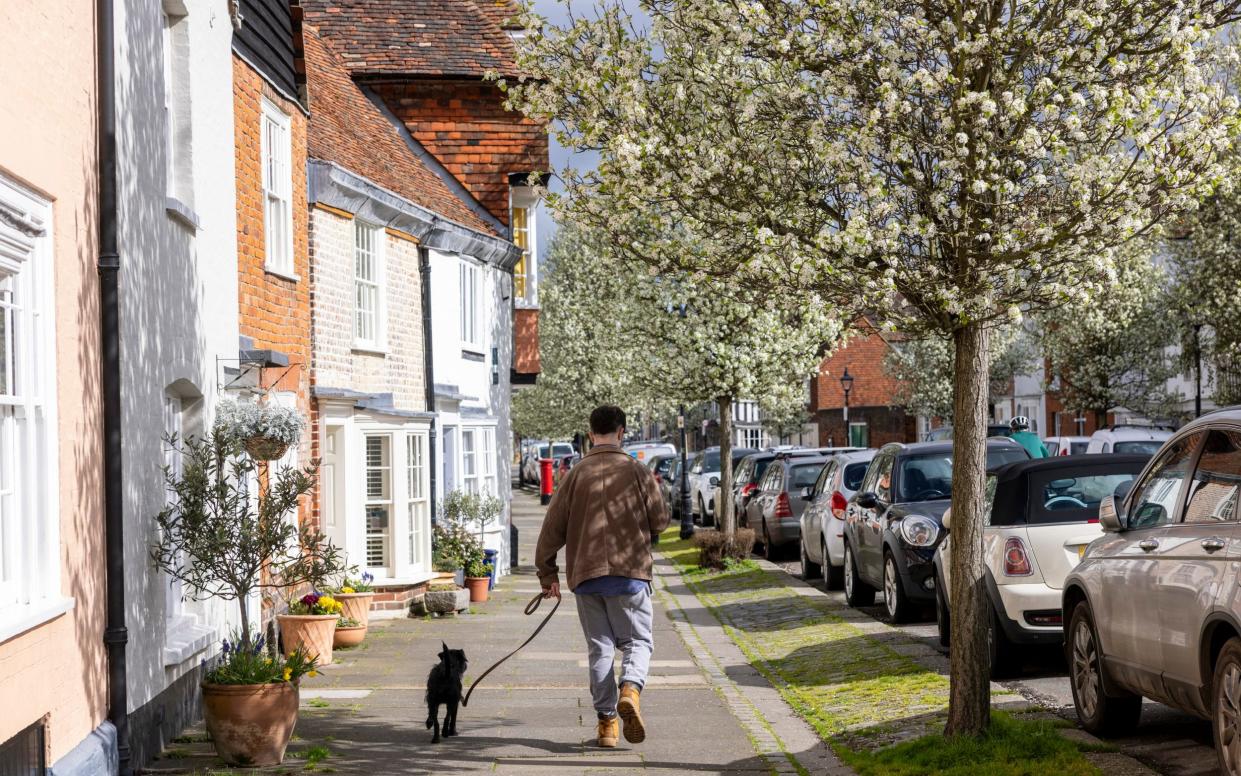
It was nearly as exhilarating walking through Faversham the other day as it was when I first enjoyed it 30 years ago.
The great thing here is that one of the most beautiful medieval streets in the south of England had almost been demolished, but was saved by a few determined local people.
The crisis for historic Faversham came when the 85-year-old owner of Arden’s House in Abbey Street gave notice of his intention to demolish the property unless he could sell it. Arden’s House had in the Middle Ages been the guest house of the town’s great abbey; its owner, Thomas Arden, did well out of the dissolution of the monasteries, but was murdered by his wife and her lover in 1551. The Elizabethan play about that, Arden of Faversham, was a smash hit.
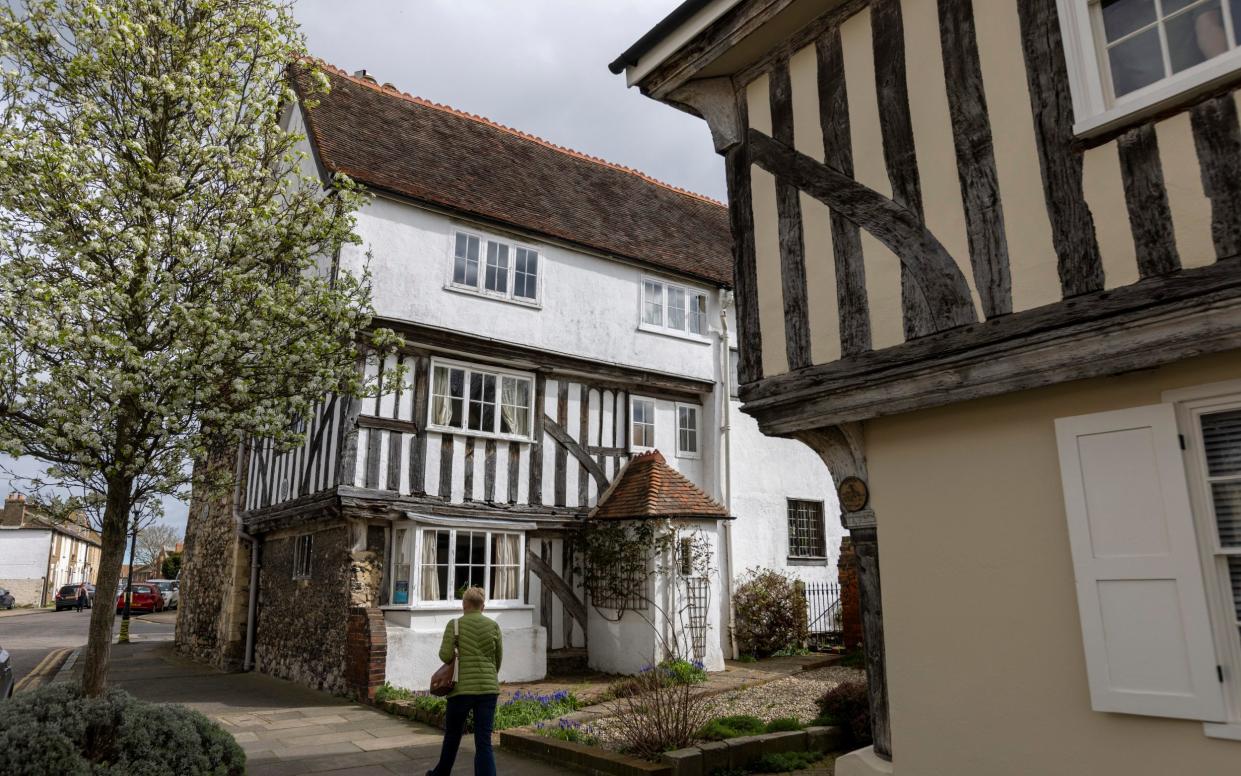
But historical fame couldn’t save Arden’s House in the 20th century. A new school nearby didn’t want to use it, but a side road could be made if it was knocked down. Kent County Council said: “No objection will be raised to the owner’s proposal to demolish the building.”
If the most historic house in Faversham could be knocked down (though a listed building) what could save dozens of others, in Abbey Street and the town centre – unwanted, ill-repaired and unsuited to modern needs? In a council meeting at the Guildhall, one Alderman remarked: “All Abbey Street wants is a bloody good fire.”
At the last minute John and Isabel Hallward stepped in by buying Arden’s House to live in. This was a lifetime ago, in 1957, and it was to see how attempts to preserve the old town had gone since that I was walking up from the station.
The walk was not strenuous. Like the Queen Elizabeth II Jubilee Stakes at Ascot, it’s six furlongs on the flat. Just go northwards up Preston Street to the Market Place then keep going, along old Abbey Street to the Anchor public house (Shepherd Neame, welcomes dogs) at journey’s end.
“David and Donna welcome you to the Railway Arms,” said the blackboard opposite the station, but I resisted. The shops of Preston Street were two-storey, built on traditional lines. Some homeless person had pitched a tent in the entrance of the empty Cain’s Cash Casino amusement arcade. Until recently, that would have made headlines. But now London has shamefully many such tents. This was the only one I saw in Faversham.
Nearer the Market Place, Preston Street was pedestrianised and paved in brick, with many a timber-framed building. Faversham folk seemed glad to talk about their town. A man getting into his car liked the place, but remembered when it was half the size of its present 20,000. He thought it was now “on the cusp” because new housing at the edges put pressure on doctors and schools.
At 76 Preston Street I saw a building that embodies the town’s history. The ground floor is the Spice Lounge Indian restaurant, sheltering between great oak timbers. The whole first floor looked like solid red brick, but had a mere skin of curious “mathematical tiles” nailed onto woodwork beneath. I’d come across them in Lewes in neighbouring Sussex.
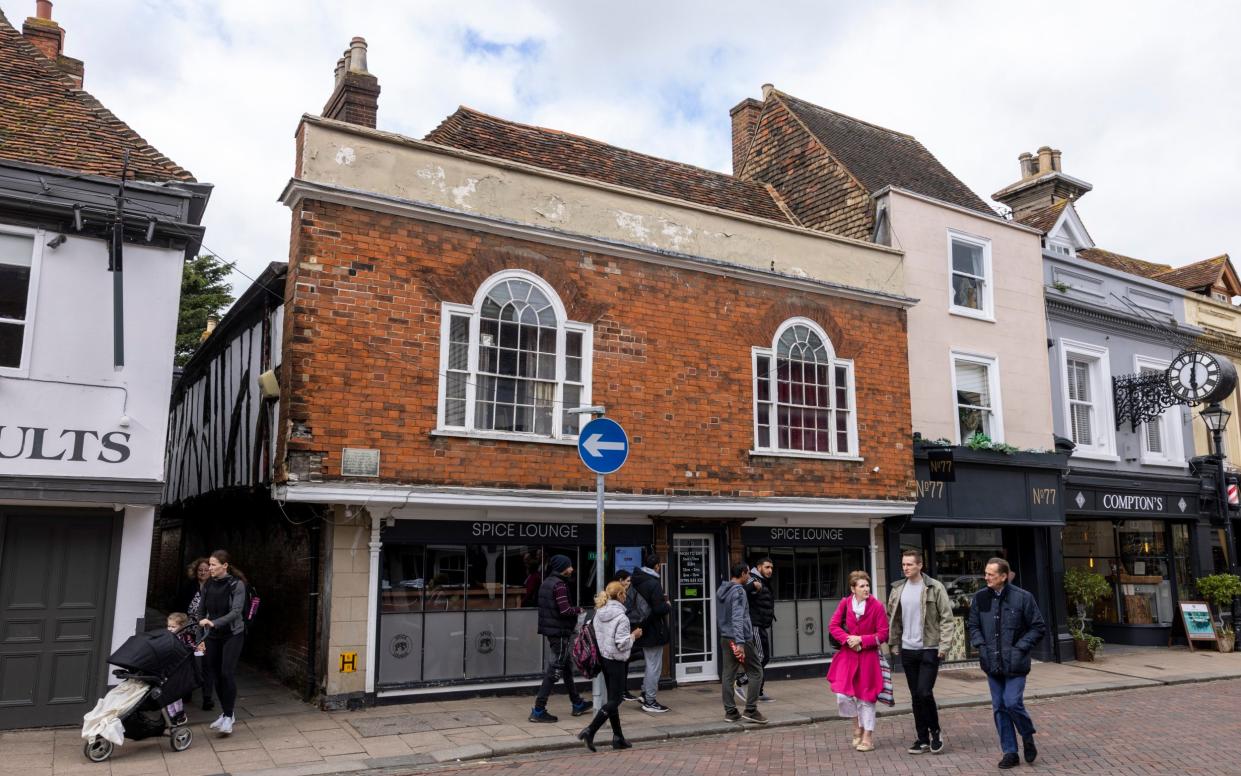
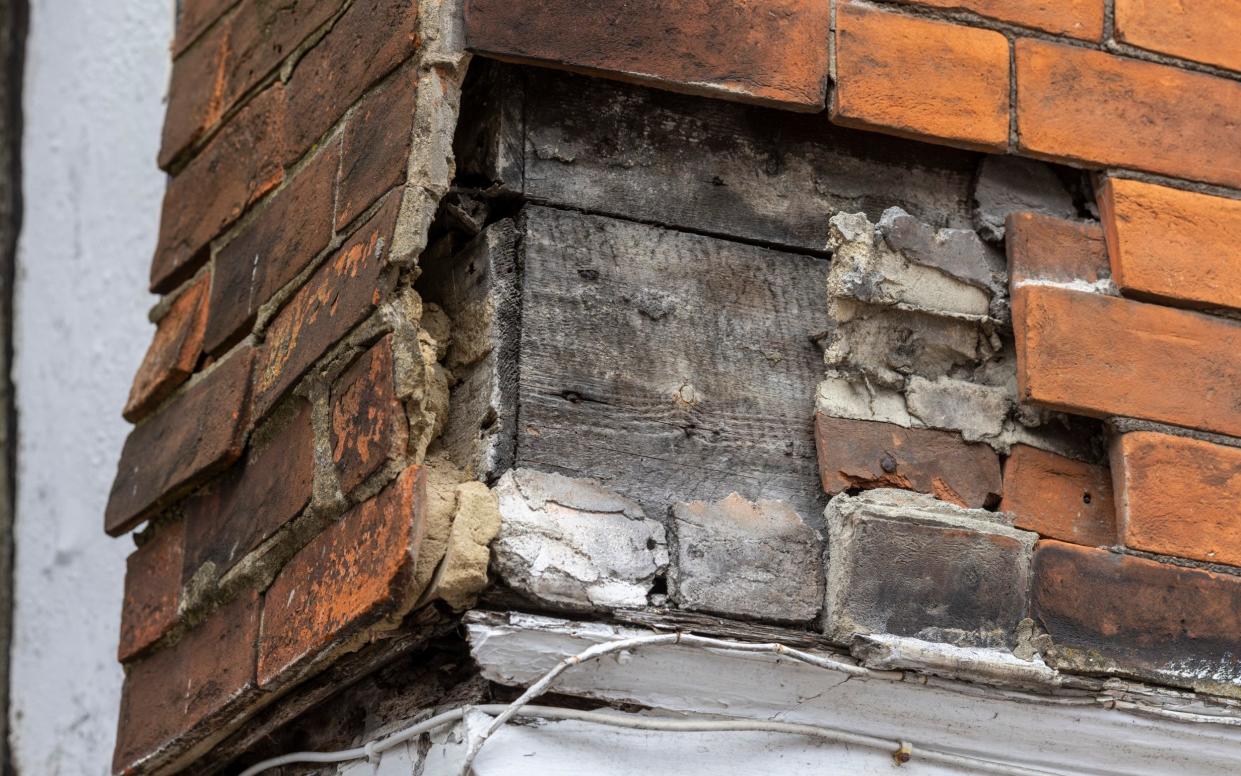
The idea in the 18th century was to lend old buildings regularity and finish. Here the facade was dominated by two beautiful Venetian windows – wide sashes with a central arch. At one corner the mathematical tiling had been broken off, revealing the planking beneath. The Georgian makeover of the old timber-frame building here must always have looked a little absurd, but I found it very enjoyable.
This refacing of buildings, some going back several hundred years, is characteristic of Faversham. It boasts 400 buildings listed for their special architectural and historic interest. On Historic England’s online map, they are strung along the central streets like swallows on telegraph wires ready to migrate.
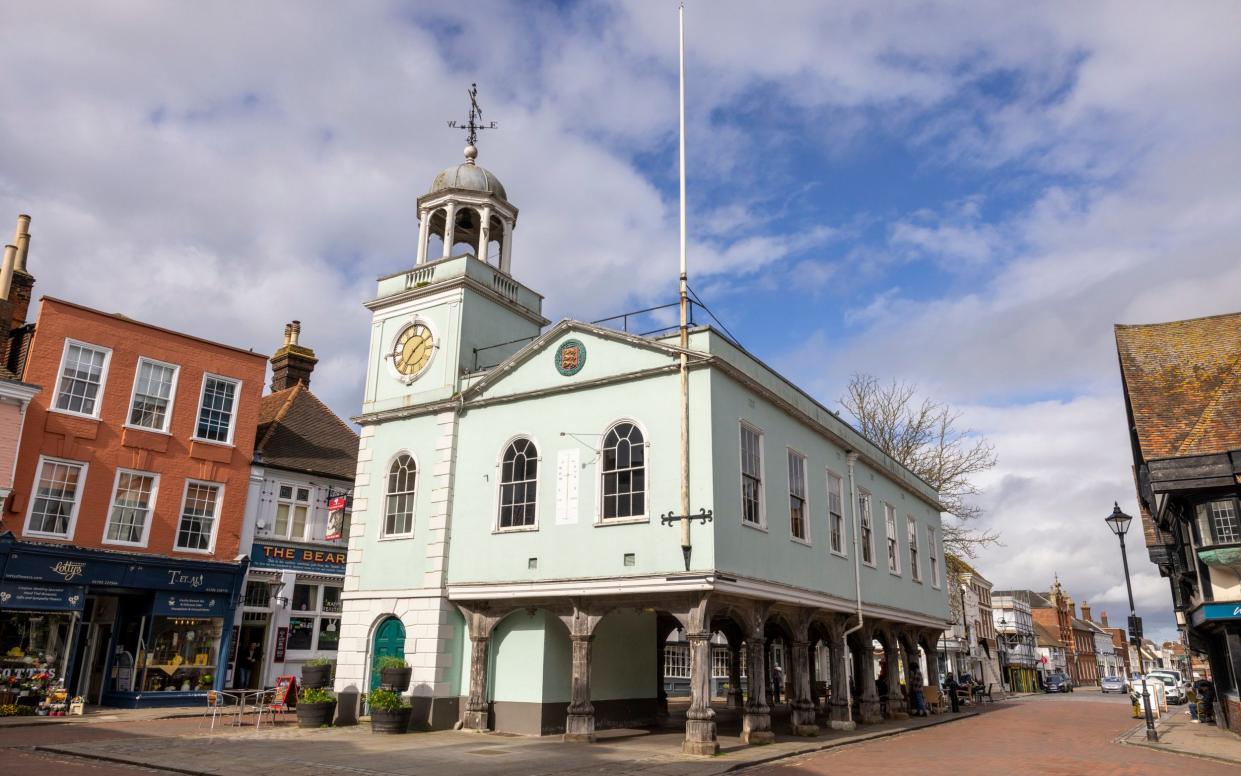
Just before the Market Place stands a rendered and painted house with a jettied first floor supported on a long bressumer beam. It is 15th-century, once called the Flower-de-Luce Inn, refaced in the 18th-century and now a secondhand bookshop run by the Faversham Society.
Inside, Richard, a volunteer like all the staff, told me that selling donated books is the society’s biggest source of income. “I came to live here nine years ago, and it was the best thing I ever did.” I would see a little later how important the Faversham Society has been.
First, there were two more enjoyable absurdities in Market Place. (The market claims to be celebrating its 1,000th anniversary.) One was the Royal Cinema, built in 1936. Astonishingly, to go with surrounding buildings, it was constructed in Tudor style, with a great first-floor diamond-paned window and a lead turret in the middle. It is now an independent cinema with Kung Fu Panda 4, but also a National Theatre Live production of The Motive and the Cue.
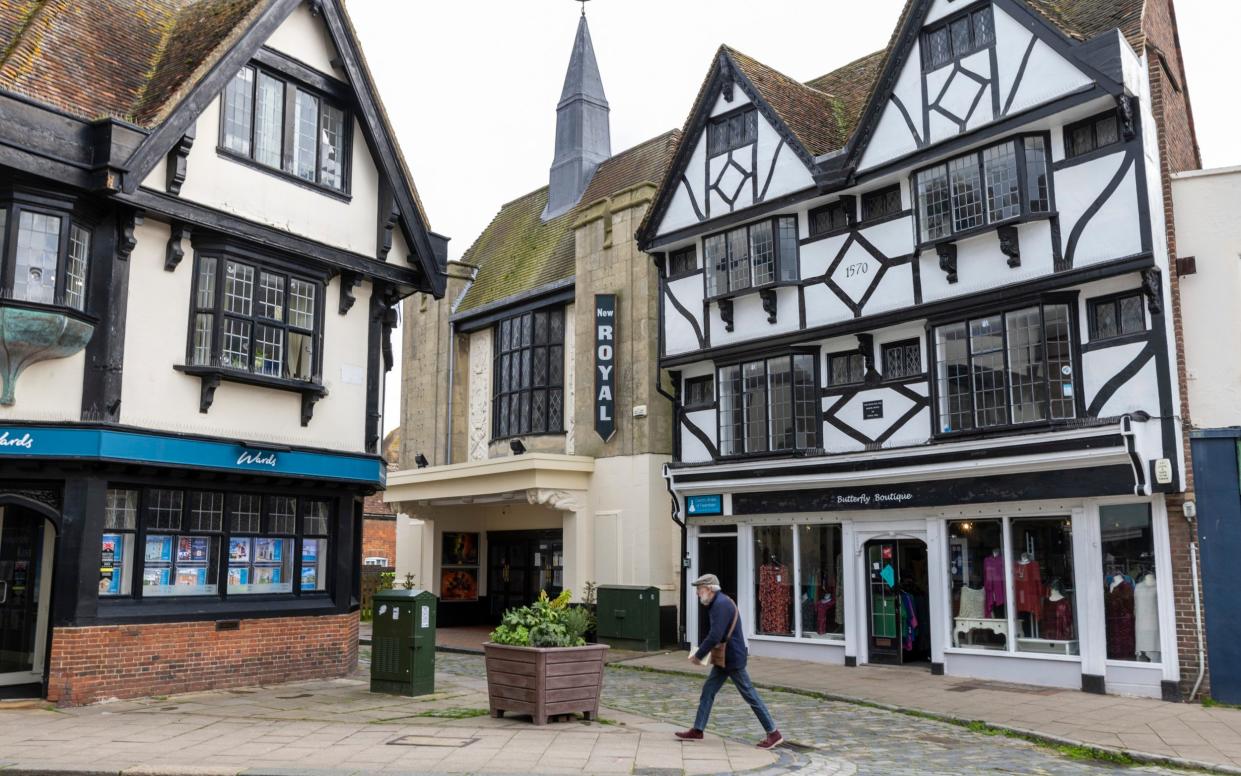
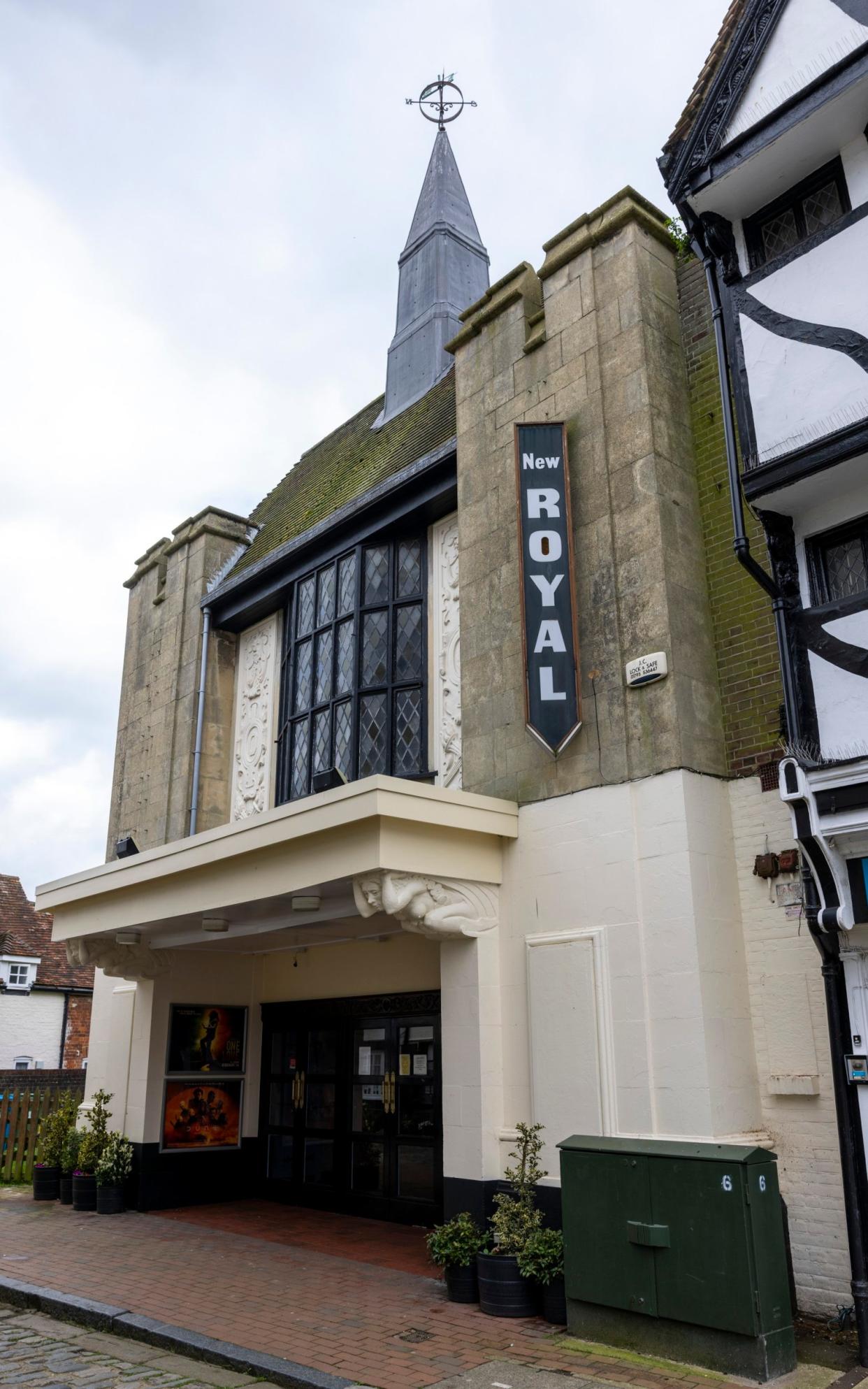
Most gloriously, in the middle of the square stood the Guildhall, like Noah’s Ark moored to a church tower. The ground floor was of massive timber arches in three rows, sheltering market goods and a Victorian pump painted red and gold. In 1814 the big first floor was given a classical overcoat, like the Spice Lounge.
All around, buildings cheek by jowl hemmed in a busy open space. Behind the Guildhall was the Bear (Victorian in front, Elizabethan behind). Beside it, a yarn shop sported a studded medieval door.
At the corner with West Street a very old house looked as though it shouldn’t be standing at all. Its ground floor walls were a continuous 18th-century shop front. The two floors above were jettied and zagged with bay windows. Altogether it looked like an untidy pile of cardboard boxes, with windows seeming to support brick walls. Once again these were of mathematical tiles, later painted with a pink wash.
Just at the moment this building is empty. Application has been made for a chicken restaurant to open there. The Faversham Society is not happy. It “formally and strongly objects to the proposals for internal and external alterations and to the proposed fascia advertisement sign”. It gives reasons, technical and factual.
Such planning representations take time and resources. Faversham’s special need for them is demonstrated by Abbey Street, which stretches north from the Market Place. On a gate pillar by Nos 3 and 4, a plaque says: “One of Britain’s finest medieval streets, saved from demolition and restored in 1958. Among those responsible were Frederick Bishop, John Hallward, Geoffrey King, Herbert Richards, Sydney Wilson.”
It was right to name the heroes, and there were a few more. A handful of dedicated people stood against the destruction of this quarter-mile of medieval street. It had fallen into poverty, overcrowding and disrepair. Four two-room cottages had 20 people living in them, with shared lavatories at the end of the garden; they were demolished as “slum clearance”. This, wrote the architectural historian Ian Nairn, “had been the bad end of town for a long time. ‘Nice people don’t go there’.”
On May 27 1958, The Daily Telegraph reported that the council “is to appeal to owners in preserving the street”. David Nye, a leading member of the Society for the Protection of Ancient Buildings, was to submit a detailed report to the council.
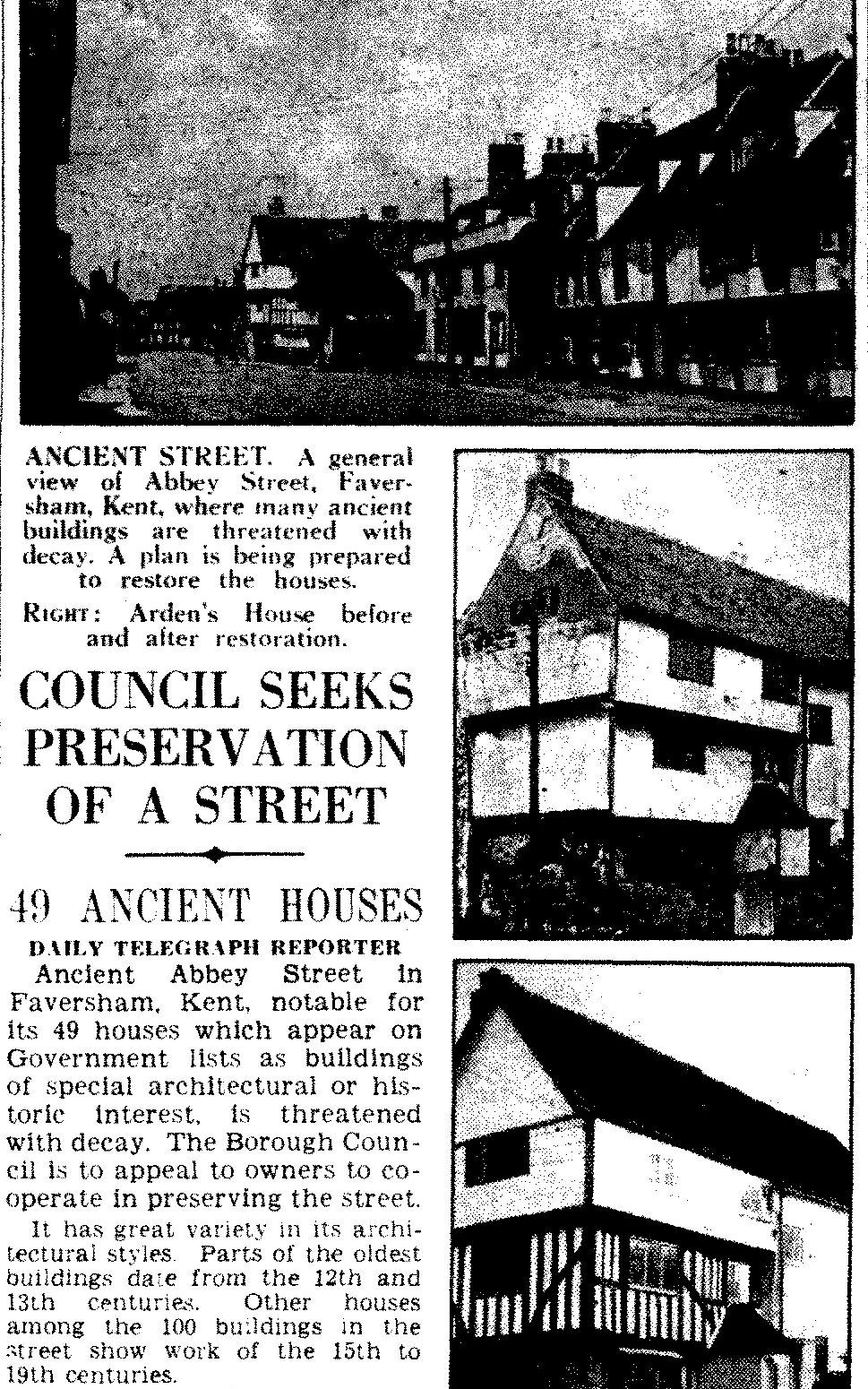
Nye stressed the need to conserve the street as a whole, not just outstanding buildings. “The sum was greater than the individual parts.” With demolition still in the balance, one of the names on the gate pillar, Frederick Bishop, was appointed town clerk and in 1965 drew up a paper making the case for refurbishing the street.
The council began a scheme to buy houses under slum-clearance powers and rehouse their tenants. Then instead of demolishing historic houses, it sold them to sympathetic owners who made a legal covenant to restore them. The council bought smaller houses for £250 each and sold them for £300. Gradually Abbey Street looked less dilapidated. Pavements were widened, trees planted.
Some old buildings remain under threat today. The timber-framed 15th-century Town Warehouse by the Creek needs repair. It is known as Training Ship Hazard (named after a ship that Faversham sent to fight the Armada) because it is used by the Sea Scouts. If repaired for £1 million or more, what other uses might it have and how could it be financed? Faversham Town Council and Swale Borough Council are at odds over its future.
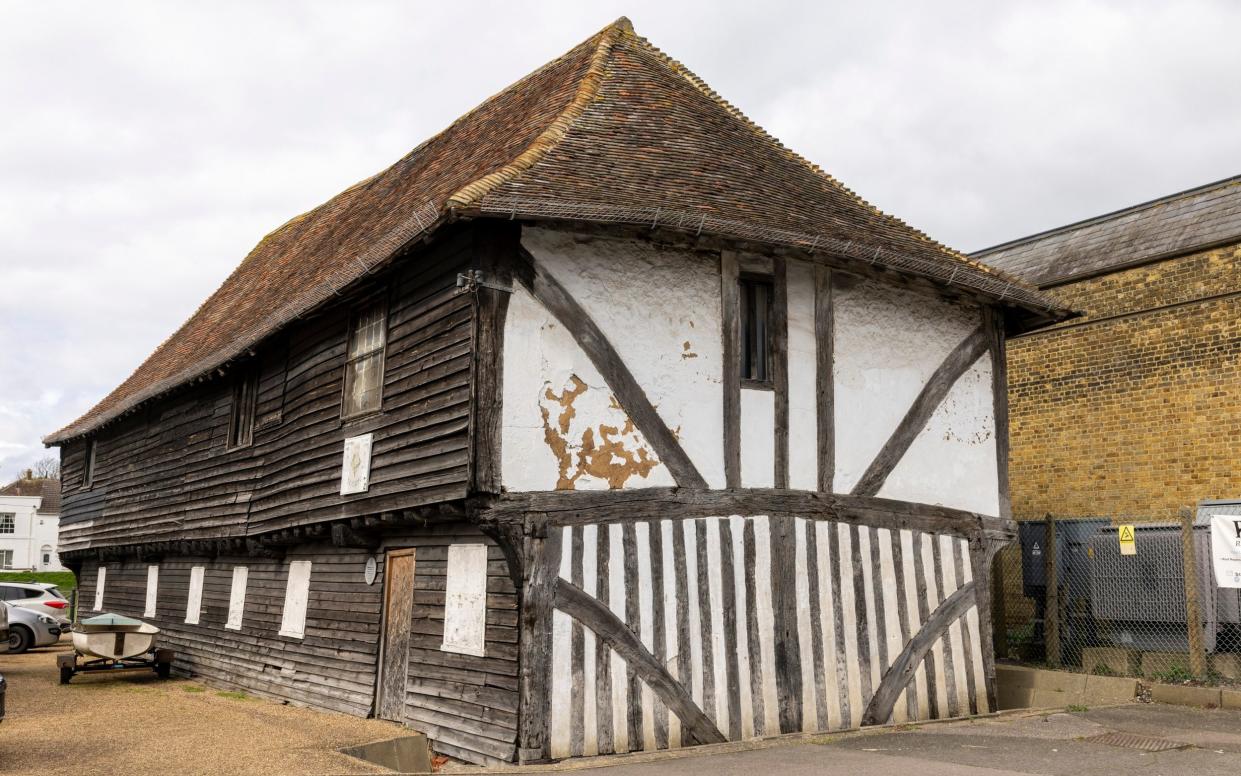
Faversham has avoided becoming an empty museum. Abbey Street used to have five pubs and five general stores (the modest Victorian windows of which now light domestic sitting rooms). For shopping today, people go to the big Tesco superstore occupying some of the huge old Rigden brewery in the middle of town, which closed in 1990. There’s a Sainsbury’s west of the town, an Aldi south of it. Lidl has closed, as has Morrisons. The nearest Waitrose is in Canterbury.
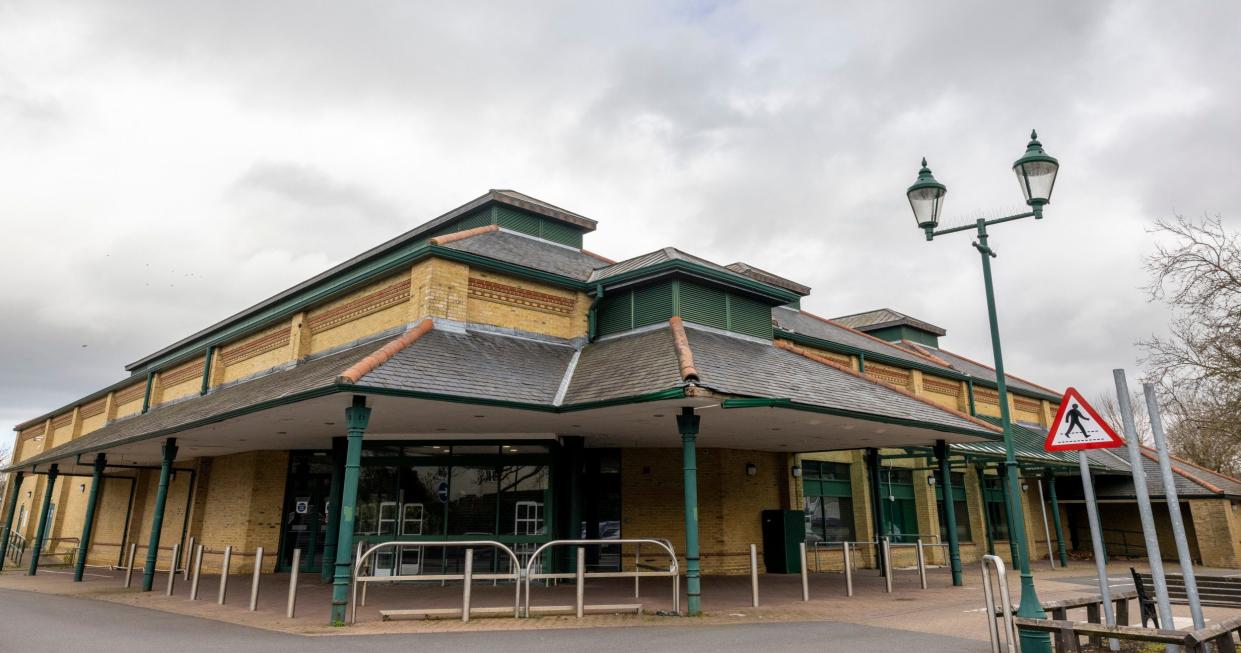
So Faversham town centre is pretty good, but not perfect. When I dropped into the Phoenix (dating from the 1330s) the barman said they didn’t take cash. It wasn’t the effect of the pandemic so much as the closure of the bank, which meant a drive to Canterbury instead.
When I reached journey’s end, at the ultimate north of Abbey Street, I walked over to the long, low, timbered, tiled bulk of the Anchor public house, which made me think of the Admiral Benbow in Treasure Island, and opened the door. Or tried to. It was locked while the place was redecorated. I hear it is open again now. I’d like to return.



